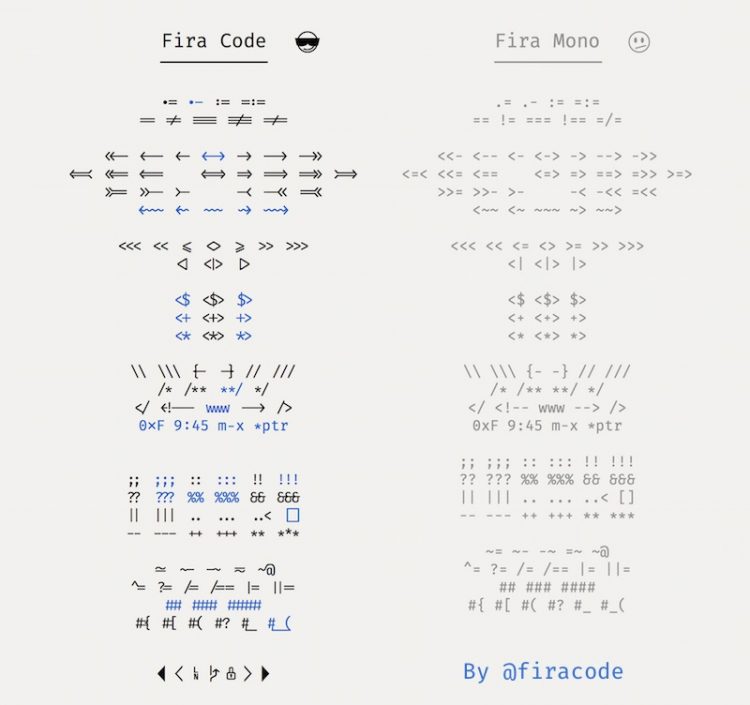

Turns out, surprisingly little! It just needs to do the right things. I took a step back to assess what I wanted out of my note-taking workflow, and what an app needed to do to accommodate me. If I create something new, it should be both smart and opinionated.

It forced me to remember saving every time I quickly updated it, and Gedit’s shortcuts weren’t as useful as my newly made custom ones in Atom. Keeping Gedit open for just a todo.txt wasn’t working for me.
USING FROMSCRATCH WINDOWS
It has so much more that it’s worth the switch, but it also means I have multiple Atom windows throughout the day as I switch projects. I recently switched to Atom however, which doesn’t have a native file browser. This makes the whole time-consuming concept of opening a “project folder” disappear. Gedit is awesome, because it has a native file browser in its sidebar. Out with text editorsīefore FromScratch I had a todo.txt file that I always kept open in my text editor, Gedit. It sounds simple, and as a result the app is simple to use. Anything you type is automatically saved and text editing is made easy by some extra shortcuts for quickly ordering or removing lines and selecting your preferred text size. That can be a TODO, or notes, or whatever you like. It does one thing: It gives you quick and easy access to some text.
USING FROMSCRATCH FOR FREE
You can download it for free from the website. It’s free and open source, and works on Linux, OS X and Windows. Anything more is too much.įromScratch is the app that does this for me. My ideal workflow is a rectangle I can alt-tab to, read and type in, and alt-tab away from. Selecting a region changes the language and/or content on way I kept TODO list no longer worked for me, so I built my own app that did: FromScratch.

If you have more than one hard drive, you can specify additional scratch disks. To improve performance, set the scratch disk to a defragmented hard disk that has plenty of unused space and fast read/write speeds.The bandwidth limits for various ports are as follows:

For best performance, connect the scratch disks to a compatible port that has the highest bandwidth limit of all the available ports.If you make large changes to dense pixel layers (that is, using several filters on complex background images or many edits to large smart objects) you could need as many times the size of the original file as there are history states.Additional free space may be required based on the file type you're working with. It is recommended to have minimum 20 GB of free space on your OS hard drive while working with Photoshop. If you make small changes only, you need a minimum of 10 GB scratch disk space for Photoshop (with default preferences, brushes, patterns, etc).So, if the free space in your scratch disk is 10 GB, available space that Photoshop will consider in the scratch disk is 10 - 6 = 4 GB, which may/may not be enough for the current operation being performed. However, this is the minimum space that Photoshop tries to keep free in the scratch disk, and the available space that Photoshop considers in a scratch disk is the 6 GB subtracted from the current free space in the disk. Minimum free space on a scratch disk should be 6 GB for Photoshop desktop.


 0 kommentar(er)
0 kommentar(er)
